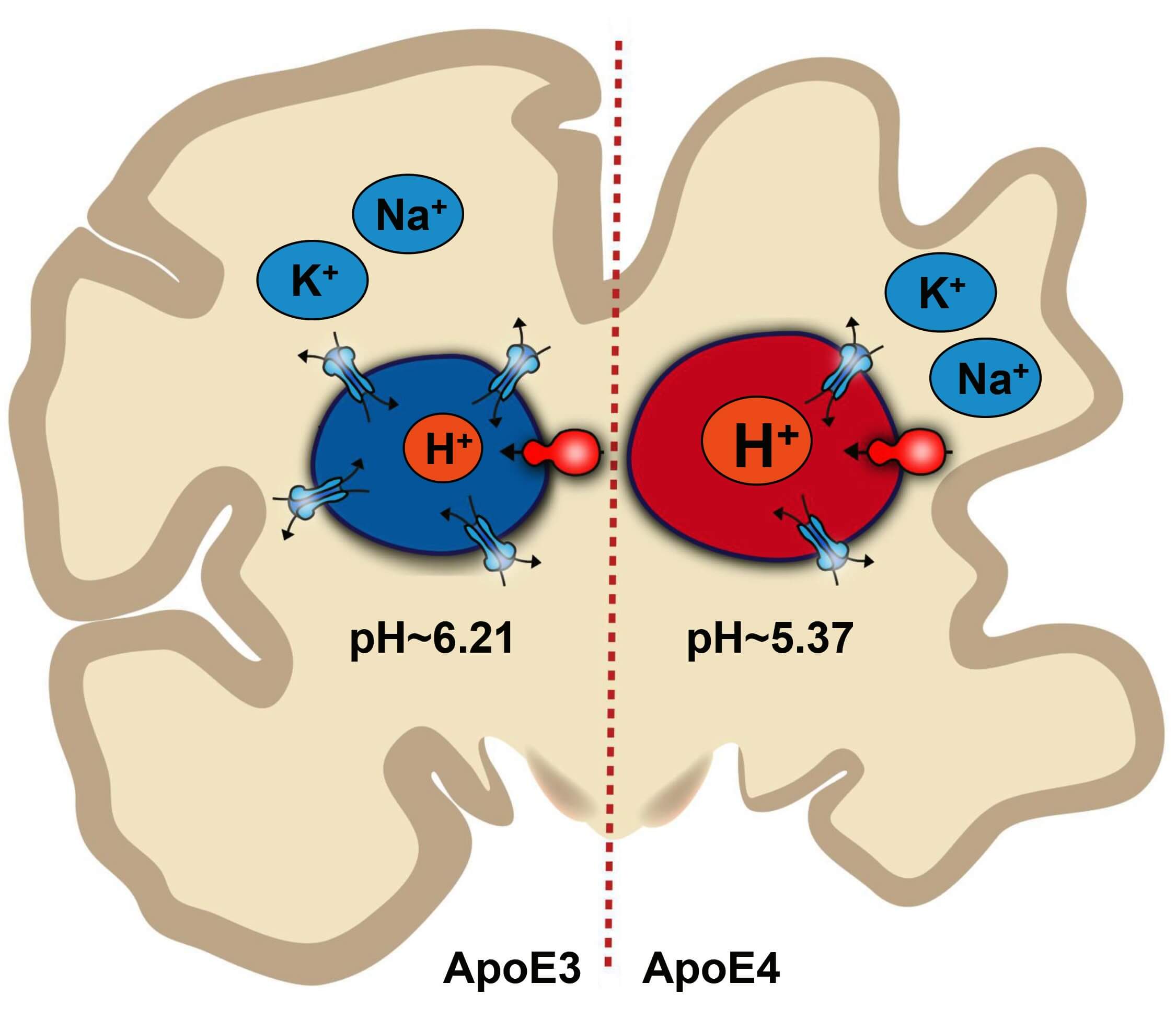Abstract
Purpose
Thyroid surgery is mainly performed by general surgeons (GS). The aim of this study is to evaluate the safety and efficiency of thyroid surgery by ENT/head and neck surgeons (ENT), especially regarding the incidence of vocal fold palsy (VFP).
Methods
We retrospectively analysed 3509 patients (69.0% female) who underwent surgery for benign thyroid diseases (56.8% nodular goitre, 18.6% inactive nodes, 14.0% thyroid autonomy, 7.0% Graves' disease). Operations were mainly performed with intraoperative neuromonitoring by GS (n = 1933) or physicians trained for head and neck surgery (n = 1576). 18.7% of the procedures were carried out by residents in training.
Results
VFP occurred in 233 subjects (6.6%); 6.2% in females and 7.6% in males. A lower rate (p < 0.001) was observed in operations performed by ENT (4.7%) than by GS (8.2%). No increased incidence of VFP was seen for surgeries performed by physicians in training (6.2%, n = 657). Prevalence of VFP was not different for minimally invasive (6.3%, n = 950) and conventional surgery (6.8%, n = 2559), but higher in total (7.2%, n = 1916) than in subtotal thyroidectomy (5.0%, n = 997). Postoperative haemorrhage (5.6 vs. 1.9%) and hypocalcaemia < 2.0 mmol/l (32.8 vs. 22.0%) were documented more frequently in patients with VFP, also substitution therapy with calcium (23.2 vs. 14.7%) and dihydrotachysterol (8.1 vs. 3.7%) had to be applied more frequently.
Conclusion
Thyroid surgery performed by surgeons specifically trained for ENT/head and neck surgery is safe and has a significantly reduced rate of VFP. VFP is associated with other complications (postoperative haemorrhaging, hypocalcaemia).
https://ift.tt/2Mfao3K













